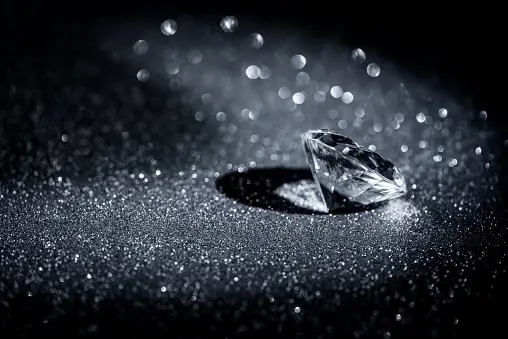
Table of Contents
Introduction to Lab Grown Diamonds
In a world where sustainability is paramount, lab-grown diamonds are making a shimmering entrance. These diamonds, cultivated under controlled conditions in laboratories, offer a sustainable and ethical alternative to their traditionally mined counterparts. As eco-consciousness permeates consumer choices, lab-grown diamonds are gaining traction for their eco-friendly footprint and remarkable quality.
Cultural Significance of Diamonds
Diamonds have long been cherished for their beauty and rarity, symbolizing love, wealth, and power across diverse cultures. From ancient civilizations to modern societies, these gems have held a profound significance, adorning royal crowns and engagement rings alike.
Diverse Cultural Perspectives on Diamonds
Across the globe, diamonds carry varying cultural connotations. In Western cultures, they epitomize luxury and romance, while in Eastern cultures, they signify prosperity and auspiciousness. The symbolism attached to diamonds reflects the values and beliefs ingrained in each society.
Ethical Concerns Surrounding Traditional Diamond Mining
Despite their allure, traditional diamond mining has raised cultures and lab grown diamonds due to its environmental impact and exploitation of labor. The destructive practices associated with mining have prompted a quest for alternative methods of diamond production.
Emergence of Lab-Grown Diamonds
Enter lab-grown diamonds, the sustainable solution to traditional mining woes. Through cutting-edge technology, these diamonds are synthesized in controlled environments, minimizing environmental harm and eliminating unethical labor practices.
Cultural Acceptance and Adoption
As awareness grows, cultural acceptance of lab-grown diamonds is on the rise. While initially met with skepticism, these gems are gradually gaining favor among consumers who prioritize sustainability without compromising on beauty.
Lab-Grown Diamonds in Western Culture
In Western societies, lab-grown diamonds are making waves in the fashion industry. With endorsements from celebrities and influencers, these diamonds are becoming synonymous with ethical luxury, challenging the dominance of mined diamonds.
Cultural Attitudes in Eastern Societies
In contrast, Eastern cultures exhibit a more nuanced approach to lab-grown diamonds. While traditional beliefs may favor natural gems, the increasing availability and affordability of lab-grown diamonds are reshaping consumer preferences.
Diamonds as Symbols of Love and Commitment
For centuries, diamonds have been emblematic of love and commitment, symbolizing everlasting bonds. As societal norms evolve, the significance of lab-grown diamonds in expressing love and devotion is gaining recognition.
Challenges and Misconceptions
Despite their growing popularity, lab created diamonds face challenges and misconceptions. Some consumers question their quality and value, harboring doubts about their authenticity and durability. Additionally, price differentials between lab-grown and mined diamonds pose a barrier to widespread adoption.
Educating Consumers
Addressing these concerns requires transparent communication and consumer education. By dispelling myths and providing information on the benefits of lab-grown diamonds, the industry can empower consumers to make informed choices.
Environmental Impact Comparison
Comparing the environmental footprint of lab-grown and mined diamonds reveals a stark contrast. While traditional mining degrades ecosystems and consumes vast resources, lab-grown diamonds offer a sustainable alternative with minimal ecological impact.
Cultural Evolution and Innovation
As society evolves, so too do cultural norms and traditions. The integration of lab-grown diamonds into cultural practices signifies a shift towards sustainability and ethical consumption, ensuring a harmonious coexistence with the environment.
Future Prospects and Trends
Looking ahead, the future of lab-grown diamonds appears bright. Market projections indicate continued growth, fueled by increasing consumer awareness and demand for ethical products. As these gems become more deeply entrenched in cultural narratives, their significance will only continue to grow.
Conclusion
In conclusion, the intersection of cultures and lab-grown diamonds heralds a new era of sustainability and ethical consumption. As society embraces these sparkling innovations, the cultural landscape is undergoing a transformative shift towards a brighter, more sustainable future.








